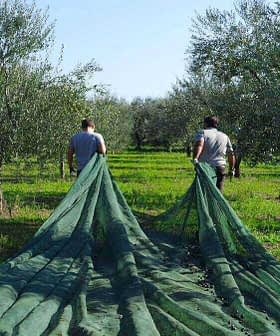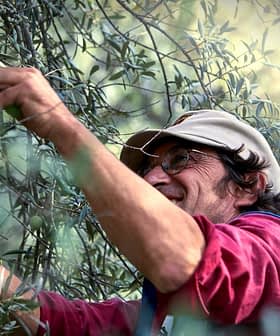What Recent Rains Mean for California Farmers
After years of drought, rain has once again returned to California. While many are celebrating, others are dealing with negative consequences including flooding and delayed harvests.
As climate change continues to wreak havoc on weather patterns around the world, California has welcomed the recent heavy rainfall as an end to the drought that has plagued region for the past few years.
Most of the recent rainfall will be collected in reservoirs and aquifers for use in future months, but not all farmers will benefit from the heavy precipitation and reports show that many growers are experiencing flooding and water damage that could negatively impact and delay harvesting for certain exported food crops.
Recent estimates from the Center for Investigative Reporting reveal that a third of all revenue generated by California’s food industry comes from exports, which have tripled in value over the past decade. Exporting farmers growing spinach, lettuce and oranges (California’s signature winter crop) are among the worst affected by the rain.
Muddy conditions, mildew and standing water are preventing farmers from pruning seasonal tree crops as well as harvesting and planting produce. An estimated two million acres of irrigated farmland in California could be abandoned due to the recent flooding, and with thousands of locals depending on these farms for employment, local communities could also suffer.
California has long been a water-scarce state, with farmers regularly depending on groundwater and stored rainwater as a means to irrigate crops during the dry periods. The recent rainfall has not been even across the region but will be able to alleviate dry conditions in both Northern and Southern California.
As Agricultural Expert and UCCE Farm Advisor Emeritus Paul Vossen explained, “two of the largest reservoirs in northern California also feed into the water distribution system that sends water to Southern California. So, while Southern California has not received enough rainfall to completely fill their reservoirs from rainfall runoff, their drought status has been reduced due to the greater availability of water from the north.”
The rain is likely to be welcomed by olive farmers in the area, although they are less affected by the drought due to olives being a hardier crop. According to Vossen, part of California’s success with growing olives can be attributed to the fact that as an agricultural crop, olives grown for oil only require about half of the water that other crops need to produce a favorable yield.
UC Davis Olive Center executive director Dan Flynn told Olive Oil Times that the reinvigorated water supply may encourage growers to irrigate more, which would help increase oil volumes later in the year. According to the Agricultural Market Research Center, supplemental irrigation is encouraged despite the drought tolerance of the olive tree, as it allows for maximized shoot growth and fruit size, which leads to a better yield of fruit (and therefore oil) per acre.
Currently, California is responsible for producing the vast majority of olives in the United States, and has been commercially producing olives since the 1800s. The area is home to over 400 olive oil producers.








